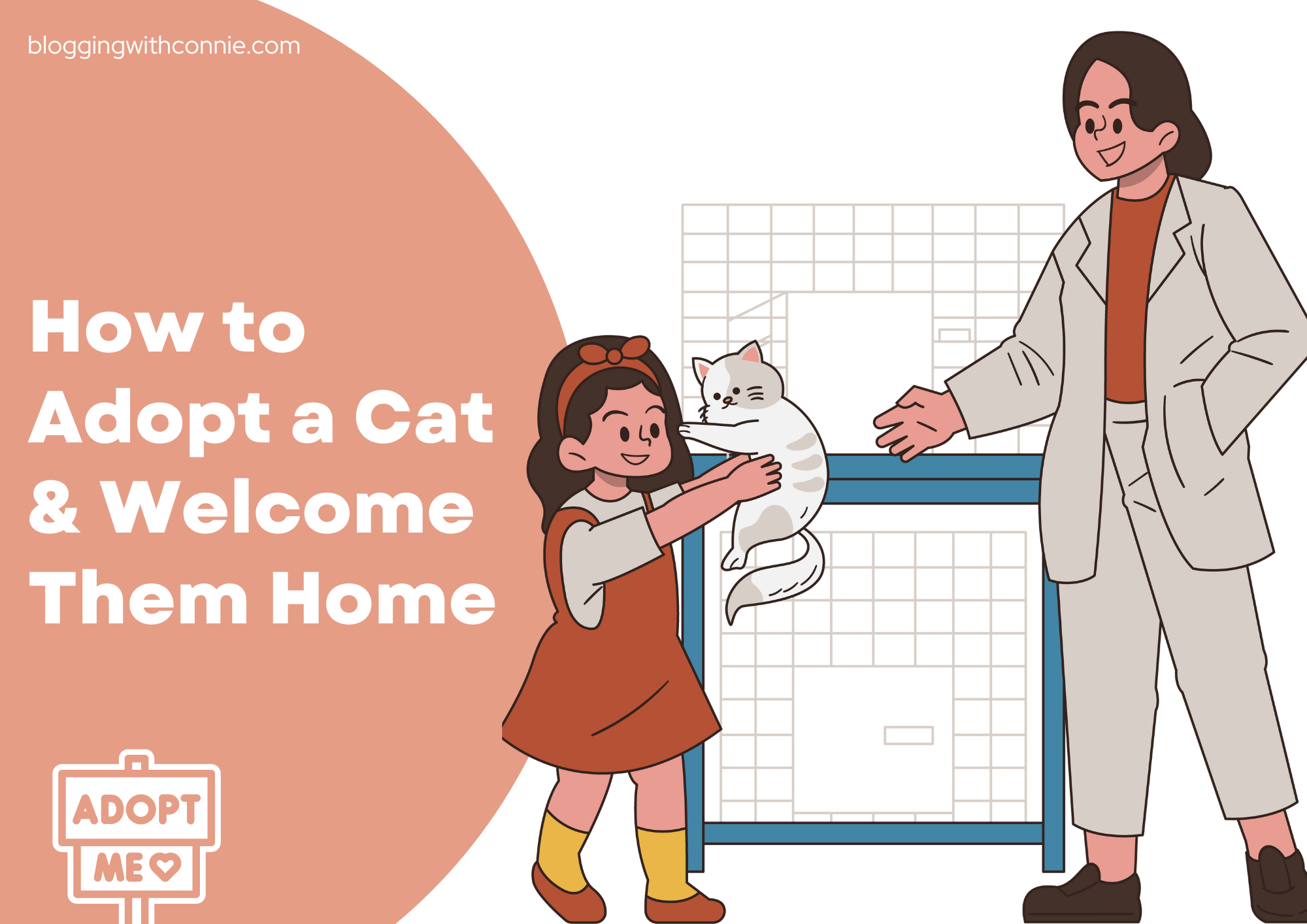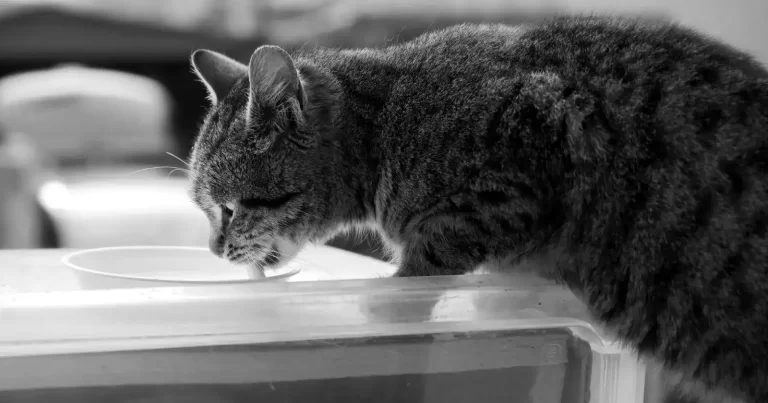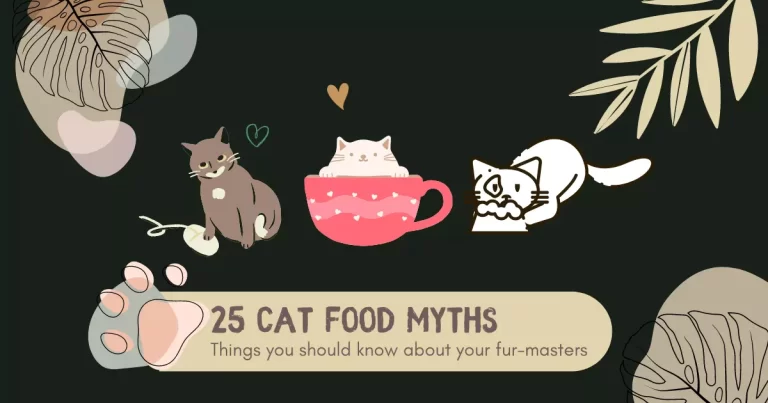How to Adopt a Cat and Welcome Them Home
Adopting a cat is not just adding a pet to your family; it’s about opening your home and heart to a new bundle of joy and whiskers. It’s a journey filled with excitement, curiosity, and, of course, a bit of preparation.
You might be asking yourself, “Am I ready for this?” or “How to adopt a cat, where to start?”.
Coming home to a furry friend who’s eagerly awaiting your return, ready to offer comfort and companionship after a long day is one of the best feelings. The purring, the playful antics, and even the occasional cat-itude—it’s all part of the unique charm that makes cats such endearing pets.
But let’s not put the cart before the horse—or should we say, the cat before the couch? Adopting a cat is a decision that comes with its set of responsibilities and considerations.
There’s a lot to think about, from choosing the right feline friend that matches your lifestyle to understanding the adoption process and preparing your home for its newest member.
Key Takeaways
- Adopting a cat enriches your home and offers therapeutic benefits.
- Choose a cat that fits your lifestyle and personality.
- Know the differences between shelters, rescue groups, and breeders.
- Assess the cat’s health and behavior before adoption.
- Follow the adoption process and prepare your home for the new arrival.
Table of Contents
Why is adopting a cat a rewarding experience?
Adopting a cat is one of those heartwarming experiences that can bring a smile to your face even on the toughest days. Think about it: you’re not just getting a pet; you’re giving a furball a second chance at happiness.
It’s incredibly rewarding to watch a cat that may have been shy or uncertain at first, slowly start to trust and show affection.
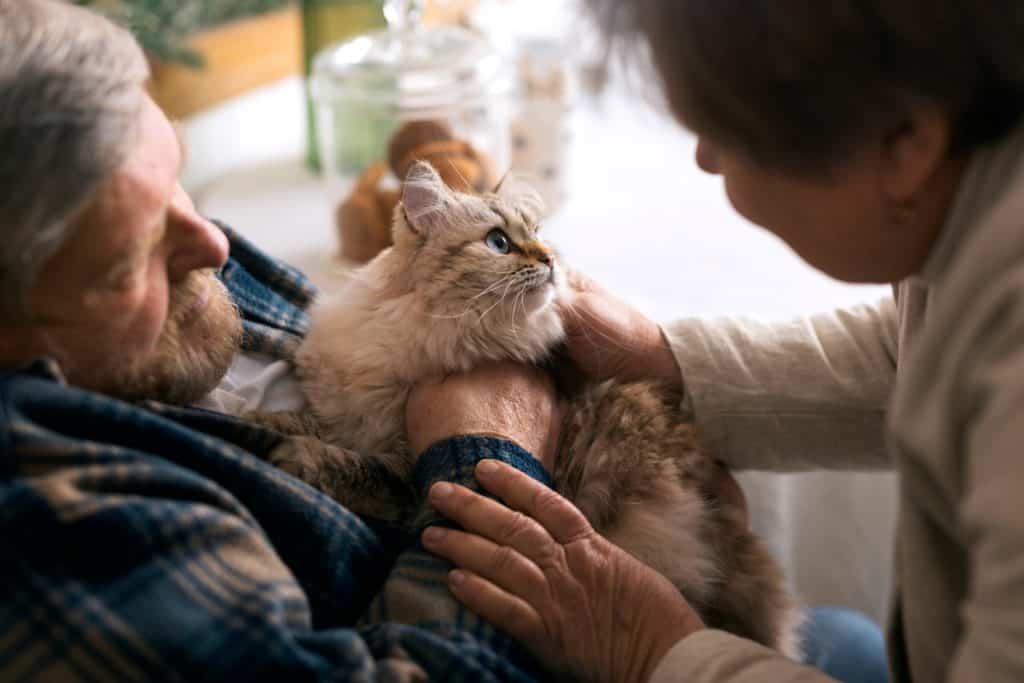
Plus, cats have this magical way of making a house feel like a home. And let’s not forget the purring! There’s something truly therapeutic about a cat purring on your lap after a long day.
It’s like they have this superpower to melt away stress. There have been studies on this theme, where they found that their purring can stimulate muscles and even promote bone healing.
How can you determine the right cat for your lifestyle and family?
Finding the right cat for your lifestyle and family is a bit like matchmaking – it’s all about finding that purr-fect compatibility.
The first thing you should consider is your daily routine. Are you someone who’s home a lot, or is your schedule packed with activities?
Some cats love constant companionship, while others are the epitome of independence. Then, think about the energy levels. Got kids or other pets that are all about that playtime?
An active, playful kitten might fit right in. But if you’re looking for a calm companion to share quiet evenings with, an older cat could be your ideal match.

Personality is a huge factor, too. Just like people, cats come with their own unique quirks and charms. Some are outgoing social butterflies, while others are more of the introverted, contemplative type.
Visiting a shelter and spending time with potential feline friends can give you a glimpse into their personalities. And don’t forget about the long-term commitment. Cats can live for many years, so think about future life changes and how your cat would fit into them.
What are the differences between adopting from a shelter, a rescue group, and a breeder?
Choosing where to adopt your new feline friend is a big decision, and understanding the differences between adopting from a shelter, a rescue group, and a breeder can help you make the best choice for your family. Let’s break it down, shall we?
Shelters are like the community centers of the pet world. They welcome all sorts of cats, from strays and lost pets to those surrendered by their owners.
Adopting from a shelter gives you the chance to save a life, as many shelters are overcrowded and resources can be tight. The cool thing about shelters is the variety of cats you’ll find – different ages, breeds, and personalities, all under one roof! The adoption fees at shelters often cover vaccinations, spaying/neutering, and sometimes even microchipping.
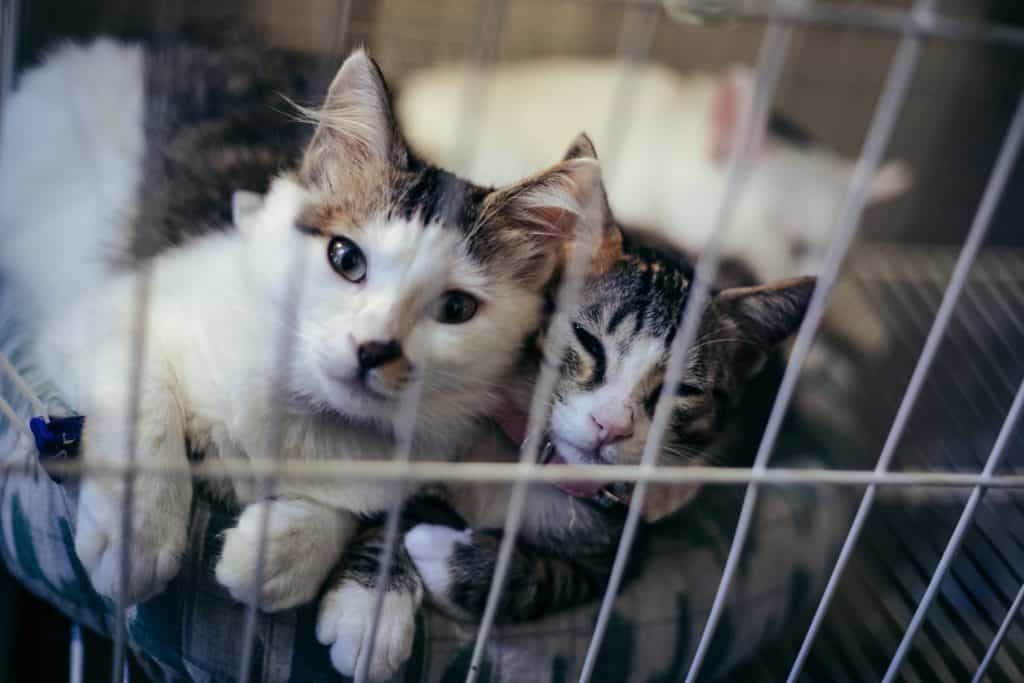
Rescue groups are a bit like the bespoke boutiques of cat adoption. These organizations often focus on specific breeds or cats with special needs.
Rescues are typically run by passionate volunteers who foster cats in their own homes. This means they can give you the lowdown on a cat’s personality and how they might fit into your home.
Since rescues have a good handle on a cat’s behavior and health in a home setting, it’s a great option if you’re looking for a cat with a known background.
Breeders, on the other hand, are the go-to for those set on a specific breed. Going to a reputable breeder means you’ll likely get a cat that meets the breed’s standard in terms of appearance and temperament.
Breeders can provide detailed lineage information, ensuring your kitty doesn’t have any inherited health issues. However, this option usually comes with a higher price tag, and while you’re getting the breed you want, remember there are countless cats in shelters and rescues dreaming of a forever home.
How to assess a cat’s health and temperament before adoption?
Assessing a cat’s health and temperament before bringing them into your home is like being a detective, except instead of solving mysteries, you’re figuring out if you and the cat will be a good match.
It’s an important step because you want to ensure that your new furry friend is not only healthy but also a good fit for your lifestyle.
When you visit a shelter, rescue, or breeder, don’t be shy about asking for health records. It’s like checking the carfax before you buy a car – you wanna know what you’re getting into.
Look for signs of a well-cared-for cat: clear eyes, clean ears, a shiny coat, and no signs of respiratory issues. A little detective work now can save you a lot of vet bills later.

Now, let’s talk temperament. This is all about observing and interacting with the cat. Spend some time with them and see how they react.
Are they curious and playful, or more on the shy side? Do they enjoy being held or prefer to keep their paws on the ground? Remember, there’s no right or wrong here; it’s all about what fits best with your personality and lifestyle.
Also, consider the cat’s history, if known. A cat that’s been through a lot may need extra patience and understanding. But don’t worry, cats are incredibly resilient, and with love and care, they can thrive in their new home.
The Adoption Process – How to Adopt a Cat
The adoption process can feel a bit like stepping into a whole new world, especially if it’s your first time. But don’t worry, it’s a journey filled with excitement, and I’m here to walk you through it, step by step.
You’ll usually start with some research. Whether you’re browsing online or visiting local shelters and rescue groups, you’re on the lookout for a furry friend who tugs at your heartstrings. Once you’ve spotted a potential match, the real fun begins.
Next up, you’ll typically fill out an application. This is a way for the shelter or rescue to get to know you better. They want to ensure that you and your future pet are a perfect match.
Expect questions about your living situation, lifestyle, and how you plan to care for your new buddy. Honesty is key here, as it helps find the best fit for both you and the cat.
After your application is reviewed, there’s often an interview process. This might sound formal, but it’s really just a chat to clear up any questions and ensure you’re ready for the commitment of pet ownership. Some places might ask for a home visit, too, to ensure your space is safe and suitable for a new cat.
Then, the moment you’ve been waiting for: meeting the cats. This is where you get to interact with potential feline friends and see who you connect with. It’s like a little meet-and-greet, where you can observe their personality and maybe even find your purrfect match.
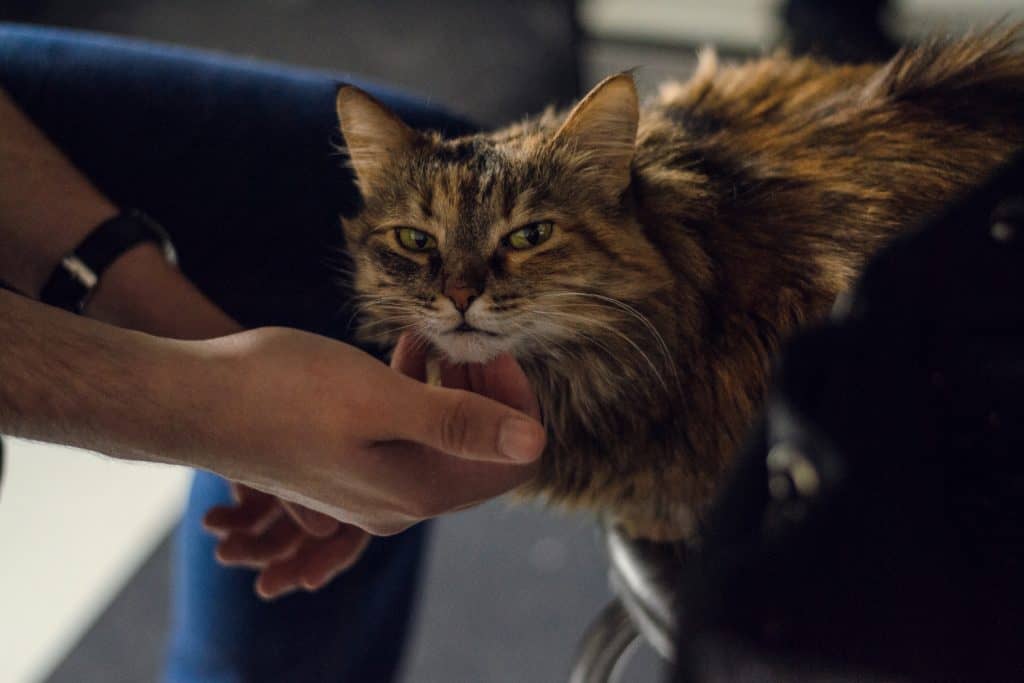
Once you’ve chosen your new family member, there’s usually an adoption fee. This fee helps cover the cost of the care the animal received while waiting for a home, like vaccinations, spaying/neutering, and microchipping. It’s basically helping the shelter or rescue continue their amazing work.
Finally, the paperwork. Signing the adoption contract is the last step before you can take your new friend home. This document outlines your responsibilities as a pet owner, ensuring you’re fully prepared for the exciting road ahead.
Preparing Your Home for a New Cat
Getting your home ready for a new cat is like setting the stage for a new friend to come to your house. It’s all about making them feel welcome and safe in their new environment.
First things first, you’ll want to cat-proof the place. Cats are curious creatures and will explore every nook and cranny. Secure loose wires, remove toxic plants, and ensure there are no small objects they could swallow. It’s a bit like preparing for a toddler.
Next up, let’s talk about the essentials. Your new buddy will need a cozy bed, although don’t be surprised if they choose the box it came in over the bed itself. Cats love their privacy, so a litter box in a quiet spot is a must.
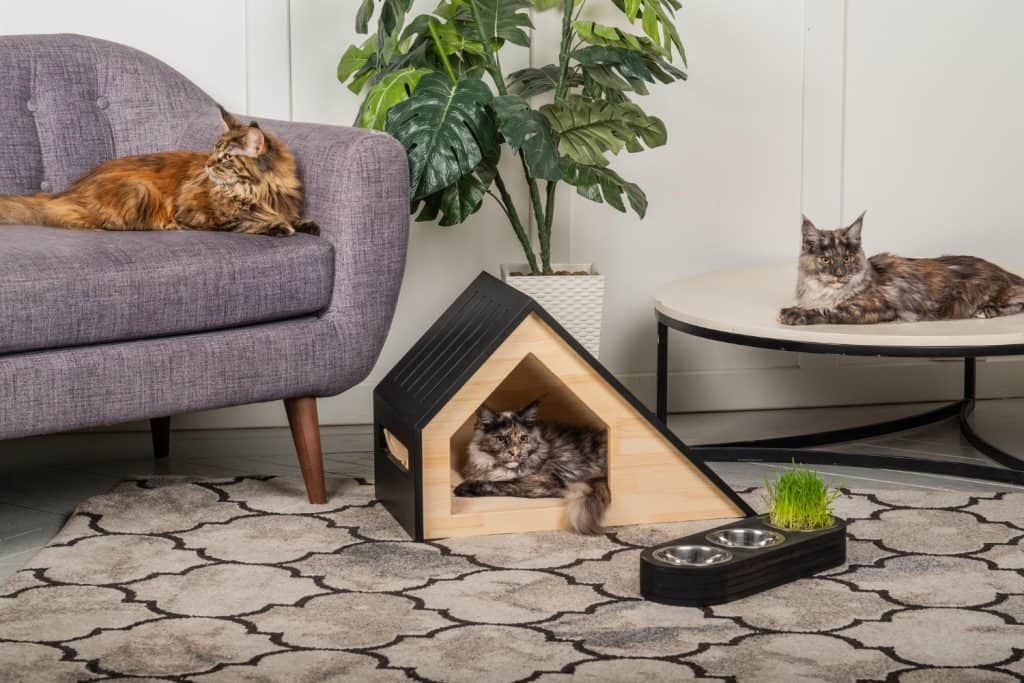
And yes, you’ll become very familiar with scooping duties, but it’s all part of the charm. Food and water dishes are, of course, non-negotiable, and remember, cats prefer their water to be fresh, so consider a running water fountain if you can.
Now, for the fun part – toys and scratching posts! Cats have energy to burn, and playtime is crucial for their physical and mental health. A variety of toys, from simple balls to complex puzzles, will keep them entertained and out of trouble. A sturdy scratching post or two will save your furniture and give them a place to stretch and maintain their claws.
The First Days with Your New Cat
Ah, the first few days with your new cat. This is where the adventure really begins! It’s a bit like bringing home a new roommate who’s never seen a human abode before, so patience and understanding are important.
Your new furry friend might be a bundle of nerves or as curious as a detective on their first case. Either way, these initial days are all about helping them adjust at their own pace.
First off, give your cat some space to explore. Set up a quiet, cozy room where they can get used to the sights, smells, and sounds of their new home without feeling overwhelmed. This room should have all their essentials – food, water, a litter box, and a few comfy hiding spots.

During this time, resist the urge to smother them with affection. I know, it’s tough when all you want to do is cuddle your new furball, but trust me, giving them the chance to approach you on their terms will make all the difference. Spend time in the room doing quiet activities, like reading or working on your laptop, to help them get used to your presence without feeling pressured.
Introductions to other pets and family members should be a slow and controlled affair. Cats are territorial, and the last thing you want is for them to feel like their new sanctuary is being invaded by strangers. Gradual, supervised meetings can help ensure everyone gets off on the right paw.
What are the immediate veterinary care needs after adopting a cat?
Once you’ve brought your new furry friend home, one of the first outings you’ll want to plan is a trip to the vet. It might not be the most exciting adventure for your cat, but it’s crucial for getting them started on the right paw for a healthy life. So, what are the immediate veterinary care needs after adopting a cat?
A thorough check-up.
Even if your cat comes with medical records, it’s important for your vet to do a full physical examination. This is the time to check for any signs of illness, parasites, or anything out of the ordinary. Think of it as a meet-and-greet between your cat and the vet, setting the stage for a long-term health partnership.
Vaccinations are next on the list.
Depending on your cat’s age and vaccination history, they may need to start or continue their vaccine schedule. Common vaccinations include those for rabies, feline distemper, and feline leukemia. Your vet will recommend the best schedule based on your cat’s specific needs and lifestyle (e.g., indoor vs. outdoor).
Parasite control.
Even indoor cats can be exposed to parasites like fleas, ticks, and worms. Your vet can suggest preventive treatments to keep those pesky critters at bay. Plus, they’ll check for any existing parasites and provide treatment if necessary.
Let’s not forget about spaying or neutering.
If your cat hasn’t already been spayed or neutered, scheduling this procedure is a priority. It’s not just about preventing unexpected litter; it also has health benefits, including reducing the risk of certain cancers and behavioral issues.
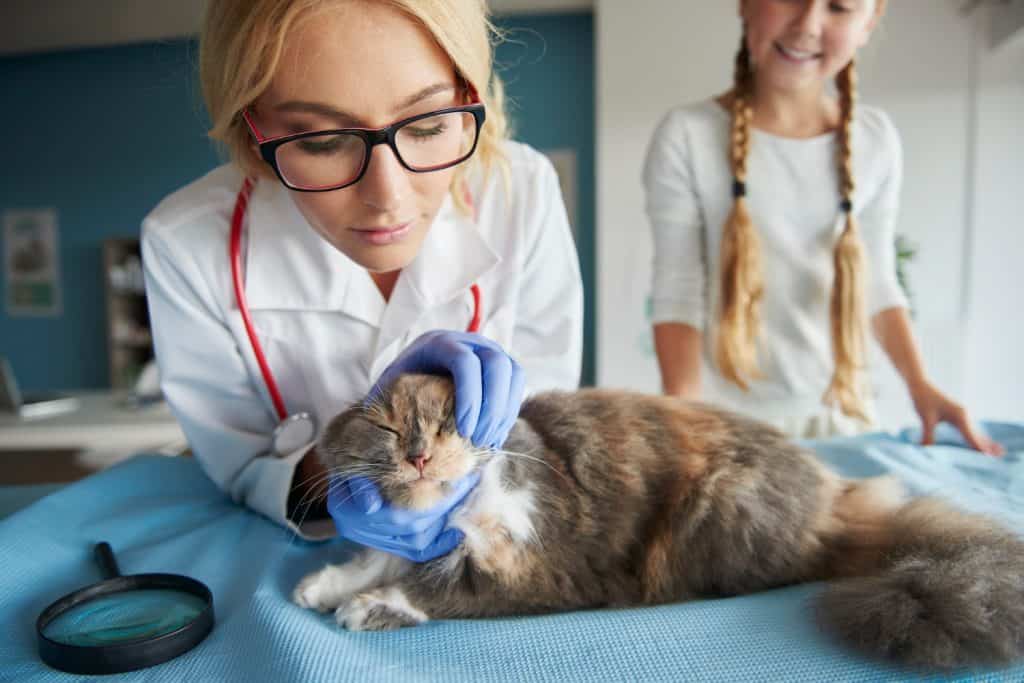
This initial visit is a golden opportunity to discuss with your vet about your cat’s diet, behavior, and any questions you have about care at home. Whether it’s advice on the best food, how to introduce your new cat to other pets, or tips on litter box training, your vet is there to help you navigate the joys and challenges of cat ownership.
How can you ensure your cat’s long-term health and wellness through diet, exercise, and regular vet visits?
Ensuring your cat’s long-term health and wellness is a bit like taking care of a beloved family member. It’s all about love, attention, and making sure they have what they need to thrive.
Starting with diet, think of it as the foundation of your cat’s health. Just like us, cats need the right balance of nutrients to keep them in tip-top shape. High-quality cat food that’s appropriate for their age, health status, and whether they’re an indoor or outdoor explorer is crucial.
But remember, there’s no one-size-fits-all answer here. Kittens have different needs than senior cats, and a cat with health issues might need a special diet prescribed by a vet. And hydration! Don’t forget about water. Fresh, clean water available 24/7 is a must-have for any cat. If you’re wondering how much food to feed your cat, then read our article on how much to feed a cat where we discussed different portions depending on your cat’s weight and energy.

Moving on to exercise. Cats may seem like the masters of lounging, but they’re natural hunters and need regular playtime to keep their bodies and minds sharp. Interactive toys, laser pointers, and even a simple box or paper bag can provide hours of entertainment and physical activity. Plus, exercise time is bonding time, making your relationship with your furry friend even stronger.
Now, let’s talk about those vet visits. Regular check-ups are the cornerstone of preventive care. These visits allow your vet to catch any potential health issues early before they become serious. They’re also a great time to discuss nutrition, weight management, and any behavioral changes you’ve noticed. And don’t forget about dental care – oral health is a big part of your cat’s overall well-being.
In addition to these pillars, there’s the element of love and attention. Cats may have a reputation for being independent, but they thrive on affection and companionship. Regular grooming, petting, and just spending time together can strengthen your bond and contribute to their emotional wellness.
Bonding with Your Cat
Bonding with your cat is one of those unique experiences that can be as rewarding as it is mysterious. Cats require a bit of a different approach than other pets might. But when you crack that code, you’re in for a world of mutual affection and companionship.
What are effective ways to bond with your new cat and build trust?
Bonding with a new cat and building trust is a bit like being invited to a dance by someone who’s not sure if they want to lead or follow. It’s a delicate balance of give and take, but when you get it right, it’s pure harmony. Here are some effective ways to create that special bond with your new furry family member.
- Just be there
In the early days, spend time near your cat without forcing interaction. Sit quietly in the same room, reading a book or working on your laptop. This non-invasive presence allows your cat to get used to you on their own terms, showing them that you’re a part of their new safe space.
- Treats are the way to a cat’s heart – or at least one of the ways!
Offering tasty morsels can help your cat associate you with good things. However, it’s not just about handing over the treats. Try tossing a treat a short distance from you, gradually reducing the distance over time until your cat is comfortable taking it from your hand. This little game encourages interaction without pressure.
- Playtime is crucial
Engaging in play lets your cat release energy, exercise, and it’s a fantastic way for you to become a part of their fun world. Use toys that mimic prey, like a feather wand or a mouse on a string, to engage their natural hunting instincts. It’s also a safe way for them to interact with you, building trust through positive experiences.
- Respect their space and pace
Every cat has its own personality and comfort level. Some may seek affection quickly, while others take their sweet time. Pay attention to your cat’s body language to understand their boundaries. Pressuring a shy cat into cuddles can backfire, so let them come to you when they’re ready. Remember, trust is earned at the pace your cat sets, not the pace you might wish for.
- Consider gentle grooming
Once your cat is somewhat comfortable with your presence, try gently brushing them. For many cats, grooming is a form of affection and can be very relaxing. It’s also a great way to check for any health issues. Start with short sessions, and always be mindful of how your cat is responding.
How can understanding cat behavior and body language enhance your relationship?
Learning about cat behavior and body language is like learning a new language, but instead of words, you’re interpreting tail twitches, ear positions, and the subtle art of the slow blink.
Cats are masters of non-verbal communication, and their behavior can tell you a lot about how they’re feeling. For instance, a cat with its tail straight up is saying, “I’m happy to see you!” while a tail tucked beneath the body might mean, “I’m not feeling too confident right now.” Observing these signals allows you to respond appropriately, whether it’s giving them space or inviting them for a cuddle, which in turn builds trust.

Ears and whiskers are also big talkers. Forward-facing ears and relaxed whiskers signal contentment, whereas flattened ears and whiskers pulled back can indicate fear or aggression.
Then there’s the famous slow blink, often referred to as “cat kisses.” A cat that looks at you and blinks slowly is showing trust and affection. When you return the gesture, you’re essentially saying, “I love you too, in cat language.”. It’s a simple yet profound way to connect on their level.
Understanding your cat’s body language also means you can better meet their needs. For example, if you recognize the signs of stress or discomfort early, you can take steps to alleviate their anxiety, whether it’s changing something in their environment or providing extra comfort. This not only makes your cat happier but also reinforces your role as their trusted guardian.

